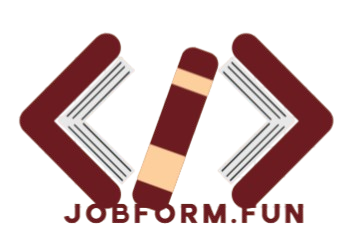Python Development: Basic Syntax, Automation, and First Projects
This course is suitable for those who want to master the Python programming language from scratch and start using it for real-world tasks. The program includes a step-by-step study of syntax, basic data structures, functions, exceptions, and the basics of object-oriented programming. After that, participants move on to practical topics: reading files, working with APIs, automating routine tasks, simple web applications on Flask. Teachers focus not only on what to do, but also why it works this way – with examples from real practice. The final project is a console utility or a small service that can be immediately added to the portfolio. The course is suitable for both complete beginners and those who want to systematically understand the basics.
Full-Stack JavaScript: from interface logic to server architecture
The course program is designed for those who want to learn how to create full-fledged web applications: with an interactive interface, server logic, and a database. At first, students study the capabilities of modern JavaScript (ES6+), then move on to React — they learn to build interfaces, manage state, and process events. After that, the backend begins: Node.js, Express, API setup, database connection (MongoDB/PostgreSQL). Particular attention is paid to practice: participants write mini-applications, work with forms, authorization, and deployment. The final project is a full-fledged SPA with a server part, published on a hosting. After the course, the student has real working code that can be used for interviews or modified for their own tasks.
Java and Spring: developing reliable and scalable systems
The course is designed for those who want to gain a deeper understanding of corporate development and understand how modern applications are built in Java. The program covers working with Spring Boot, connecting to databases, creating a REST API, implementing authentication and authorization logic. The topics of architecture, layered approach, data validation, and error handling are covered separately. In the microservices block, participants learn to split an application into independent modules, run them in Docker containers, and set up interaction via HTTP and message brokers. The final part is optimization, logging, and preparation for deployment. Upon completion of the course, the student will be able to design services that can actually be launched in production.
